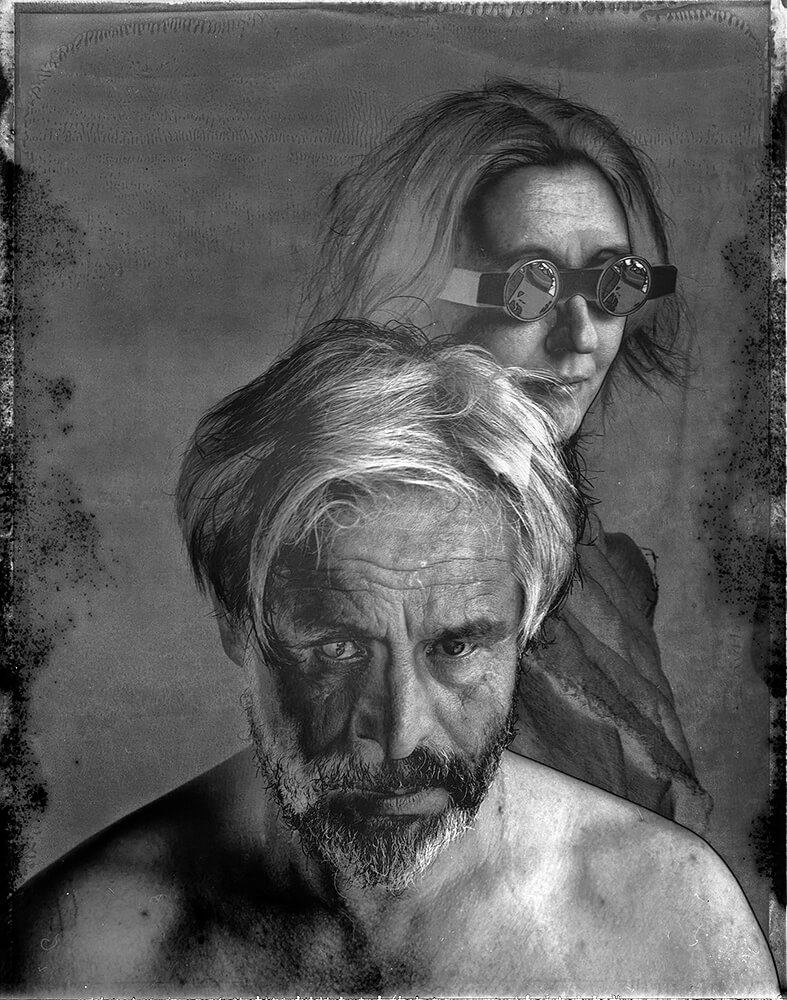We are Anna Hayat (born 1974) and Slava Pirsky (born 1965), originally from the Soviet Union. Each of us decided to start a new life in Israel in the early 90s, in search of new horizons. Fate brought us to Jerusalem through different paths, where we lived for over 20 years and now find joy in a small town nearby.
We met in 1999 and instantly felt a special connection, as if our shared passion for photography brought us closer. In 2000, we became proud parents of an exquisite daughter whom we started photographing from her very birth. Since then, we have become an inseparable team and partners in the world of photography and art.
For over 20 years, we have actively collaborated on joint photography projects. Our creative process revolves around analog photography, primarily using old Polaroid large-format black and white negative plates. Despite the discontinuation of production of these films in 2008, we use expired films to create unique and emotive works of art. We capture images using both a large studio camera and small field Polaroid cameras. The slow shooting process is of utmost importance to us, as it imparts a special depth to our works. In a way, the negative itself becomes another partner in our process. We appreciate the unpredictability of old negatives, which gives our photographs a distinct character, a touch of poetry, and a timeless feeling that is crucial to our work.
Our latest project reflects our emotions and pain caused by Russia's treacherous aggression. For this series, we ventured into a mixed technique for the first time, tearing and cutting our works, stitching them anew, adding patches and seams. The project was showcased at the
Ramlah Museum and immediately after at the
KyotoGraphie International Photography Festival in Japan.
